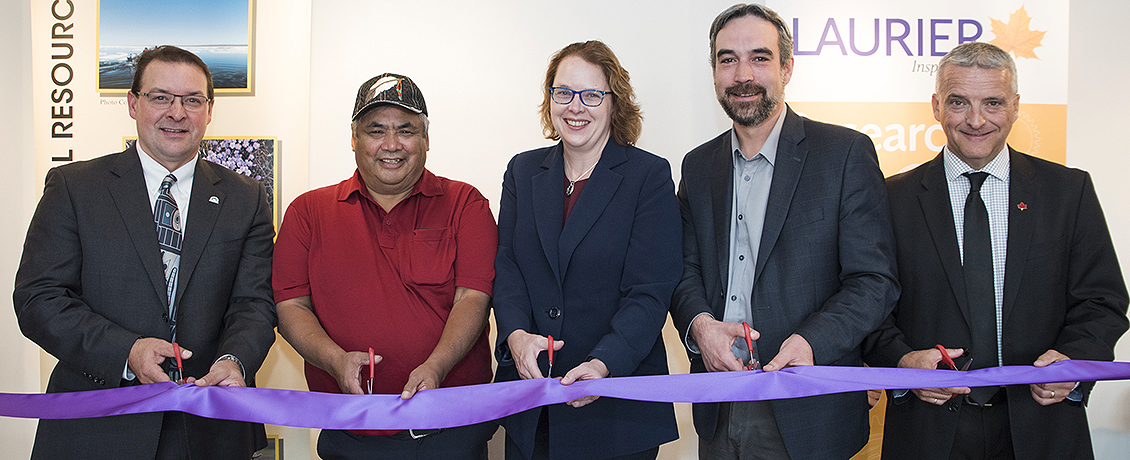
Laurier has opened a research office in Yellowknife, Northwest Territories, allowing the university to further develop its national and international leadership in cold regions research. The office was officially opened during a celebration in late September.
The office is home to year-round staff, primarily research associates and postdoctoral fellows. It also provides a workspace to visiting faculty, students and staff and serves as a base for Laurier’s research activities in the North, as well as for liaising with partners, including various levels of government and Indigenous communities.
“Laurier has a longstanding commitment to research and to local communities in the Northwest Territories,” said Robert Gordon, Laurier’s vice-president research and acting provost. “Establishing a research office in Yellowknife will allow us to maintain an ongoing presence in the North, expand our capacity for year-round research and deepen our relationships with our partners.”
Laurier established a research partnership with the Government of the Northwest Territories in 2010 to expand the government’s capacity to conduct environmental research and monitoring, as well as to enhance its ability to manage its natural resources for future generations.
Laurier’s research priorities in the North include research on climate change, water, permafrost, forest ecology, northern food security and infrastructure development.
Although there will be no university classes held at the office, it will periodically host special events during which the public can learn about Laurier’s research and partnerships. The office will also serve as a base for organizing community outreach activities elsewhere in the Northwest Territories.
The Yellowknife office is just one part of Laurier’s commitment to the North. Laurier’s Changing Arctic Network research team is using $8.2 million in funding from the Canada Foundation for Innovation, the Northwest Territories government and Laurier to build state-of-the art research stations throughout the North. The funding will also support 20 “living laboratories,” each representing a widely occurring bio-physical environment, as well as updates to three environment and natural resources laboratories in the Northwest Territories.